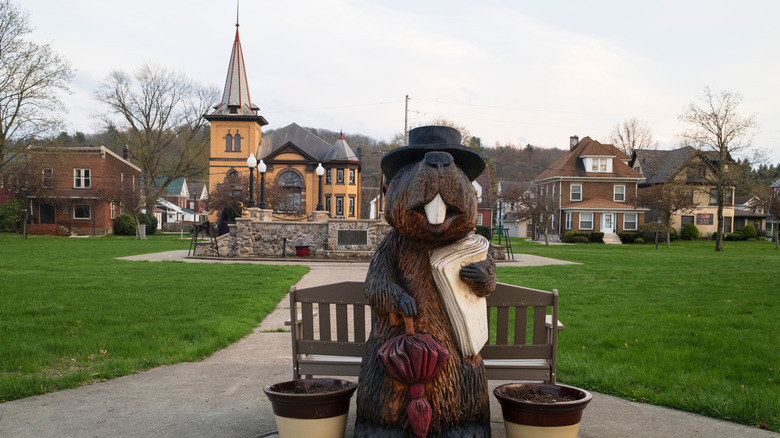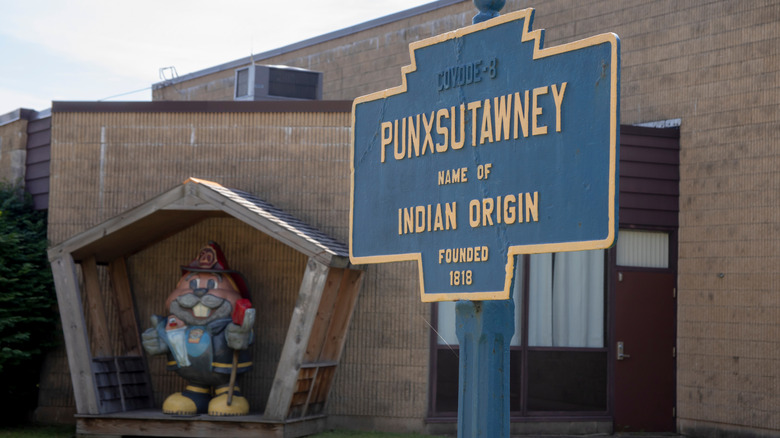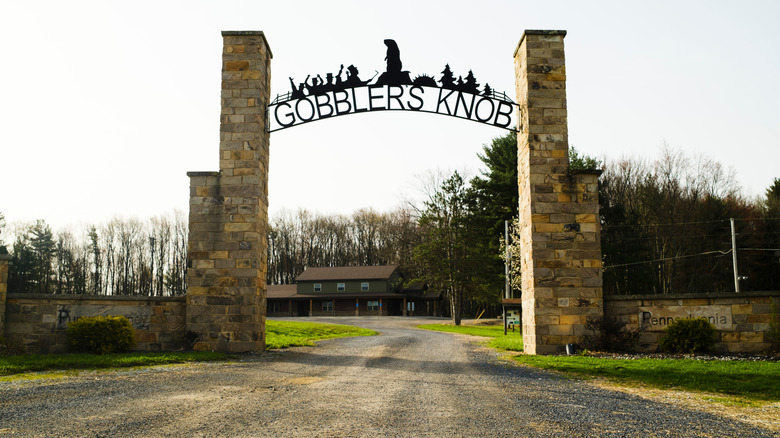Pennsylvania's 'Weather Capital' Offers A Walkable Downtown, Trails, Museums, And Historic Sites
The borough of Punxsutawney gets its day in the sun once a year in February. That's when resident rodent meteorologist Punxsutawney Phil emerges from his burrow on Groundhog Day and makes the short trek to Gobbler's Knob to peep for his shadow and predict when winter will end. This Western Pennsylvanian twist on German lore has taken place every year since 1886, and over the years has expanded to include activities like a Groundhog Ball, a talent show, and a Groundhog Club Banquet on the days leading up to Phil's prognostication.
But while Phil put Punxsutawney on the map, Groundhog Day isn't the only time it's worth visiting this Pennsylvania borough. Similar to nearby towns like the tourist-friendly Amish village of Smicksburg or the historic hidden gem of Saltsburg, Punxsutawney combines unique landmarks and small-town charm with easy access to nature. Its downtown has groundhog-themed attractions all year. You can visit Phil's Burrow on E. Mahoning Street any day between dusk and dawn, or take a walking tour to track down all 41 fiberglass groundhogs from the Phantastic Phils! public art project.
There are a few ways to get to Punxsutawney. The DuBois Regional Airport is about a 30-minute drive, and it's a straightforward two-hour drive from Pittsburgh, conveniently located at the intersection of State Route 36 and U.S. 119. To immerse in the town's history, you can stay in unique local lodgings like the Victorian mansion that now houses the Barclay Bed & Breakfast or the Jackson Run Bed & Breakfast, whose main property is an 1880s farmhouse. Just bear in mind that Punxsutawney fills up for Groundhog Day. Some visitors report needing to stay 40 minutes away, so you'll want to book early if you plan to visit for the holiday.
Punxsutawney's historic heritage
Punxsutawney's history goes back to the 1700s, when the area was inhabited by the Lenape people, the source of its name (modified from Ponsutenink, or "town of the sand flies"). Moravian missionaries were the first European settlers to arrive in 1772, though those namesake flies quickly drove them away, and it took until 1818 for a permanent settlement to be established.
Visitors can learn more about this history at the Punxsutawney Area Historical & Genealogical Society, which maintains a museum complex in town. This complex includes the Victorian-era Bennis Mansion, whose restored rooms showcase period furnishings and décor, and the Snyder Hill Schoolhouse, which held its first classes in 1886. The main museum exhibits are in the Lattimer House and include displays ranging from the region's Native American history through the coal mining, lumber, and railroad industries, and into the present with an exhibit on the movie "Groundhog Day." Several other buildings on the National Register of Historic Places are near the Lattimer House. The T.M. Kurtz House next door is closed to tours, but you can still stroll by to admire its Colonial Revival architecture. The Christian Miller house was built in the Italianate style in the 1870s and today serves as an event venue and artist studio.
Some of Punxsutawney's other historic structures have been put to new use, as well. The former post office is one example, today home to a unique museum that helps Punxsutawney live up to its nickname as the Weather Capital of the World: The Weather Discovery Center. Along with interactive exhibits on both the science and folklore of weather phenomena, it's where you'll find the Meteorologist Hall of Fame, which honors people who have contributed to human knowledge of weather every Groundhog Day.
Enjoying the outdoors in Punxsutawney
Gobbler's Knob can get a bit crowded when Phil's there to make his prediction on Groundhog Day, but it's a much more peaceful scene the rest of the year. The half-mile trail combines a wooded hike with a history lesson, with signs along the way explaining Groundhog Day history (as well as metal art made by students from nearby DuBois, another forest-ringed town offering ample outdoor adventures).
If you're looking for a longer hike, the Mahoning Shadow Trail starts at the Fordham Trailhead on the far west side of town and runs 15.5 miles along Mahoning Creek to the Winslow Trailhead, just past the village of Cloe, east of Punxsutawney. The mostly flat trail is paved in portions and suitable for biking as well as hiking. It also runs by a baseball field and a skateboard park when it passes through town, though other portions are more wooded and secluded.
Cloe has natural attractions beyond its portion of the Mahoning Shadow Trail, too. Head two miles north of the village on Bells Mills Cloe Road and you'll be at Cloe Lake, a 27-acre reservoir that's a favorite spot for boating and fishing. The lake is stocked with trout (bass, walleye, and blue gill are also known to swim its waters), and there's a pier for accessible fishing, along with easy-access spots to cast a line along the shore.


